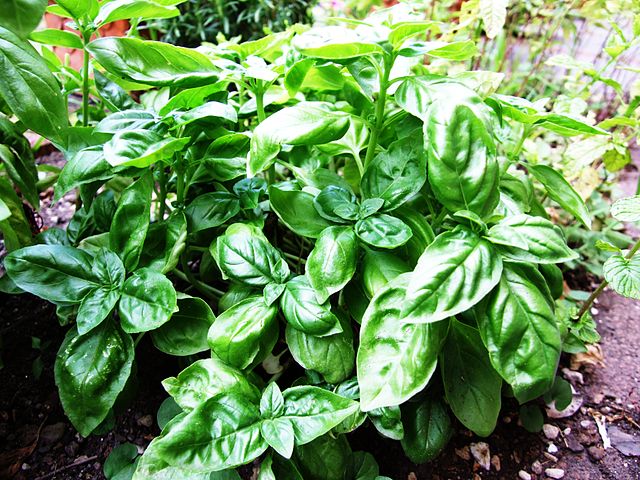Bergamot essential oil comes from the rind of the Bergamot fruit which has been cold pressed.
Bergamot fruit, listed as a sub species of bitter orange, is about the size of an orange and is yellow inside. It is typically grown in Italy (where it gets its name), southern France, and Turkey. The juice from this winter flowering citrus tree tastes less sour than a lemon and more bitter than a grapefruit. It is known however, for its aroma. It is used as the "top note" in many perfumes. Bergamot is used in black tea. When you add Bergamot to black tea it becomes known as "Earl Grey."
**There is also an herb called Bergamot. Apparently it smells similar to the fruit and has been used to "cutting" the oil to make essential oil production costs less. This herb is not related to the fruit and the Italian government has now put strong sanctions on the processes used for export. The herb is in the mint family and will be the topic of another conversation in the future.**
Since it tastes horrible, what are it's benefits? Bergamot is just another great all around essential oil. It can ease frayed nerves, increase energy, it can leave you with a sense of freshness and happiness in cases of depression. Bergamot is good for digestion and is antimicrobial, and antifungal. It is also used in antibacterial soaps.
Bergamot is a good analgesic for muscle pain, headaches, and sprains. People with insomnia will like using this essential oil as it soothes nervous tension, anxiety, and stress.
The cosmetic industry likes to use this essential oil in their products because Bergamot has a property that allows for the healing of scars and not just surgery scars but acne scars as well.
It is a great fever reducer and it "is also a tonic, meaning that it tones up the respiratory, circulatory, digestive, excretory, and nervous system, as well as skin and muscles. It is also anticongestive and is used in vaporizers to relieve congestion and respiratory problems, particularly during coughs and colds. It works as an expectorant to loosen up phlegm and mucus in the respiratory tracts and helps the body to eliminate through natural avenues like sneezing and productive coughs, thereby reducing the total amount of material and eliminating some of the germs and toxins that caused the condition in the first place."
Bergamot must be kept away from sunlight as one of it's components will become poisonous. If used on the skin, you should not go out in the sun until it has fully absorbed into the skin.
Bergamot mixes well with other essential oils like: Clary Sage, Frankincense, Mandarin, Jasmine, Black Pepper, Cypress, Geranium, Nutmeg, Sandalwood, Orange, Rosemary, Vetiver and Ylang-Ylang Oil. It is particularly complementary with other citrus oils.
Next on the list is Cajeput Essential Oil.
http://www.organicfacts.net/health-benefits/essential-oils/health-benefits-of-bergamot-essential-oil.html


